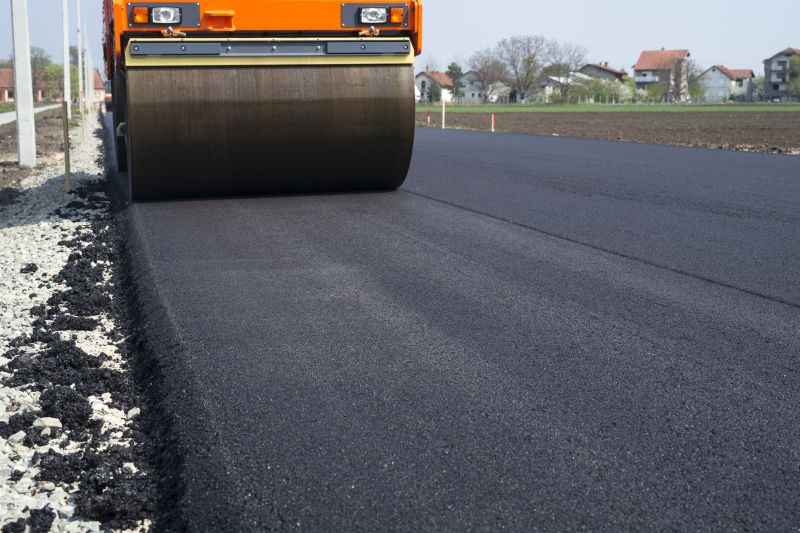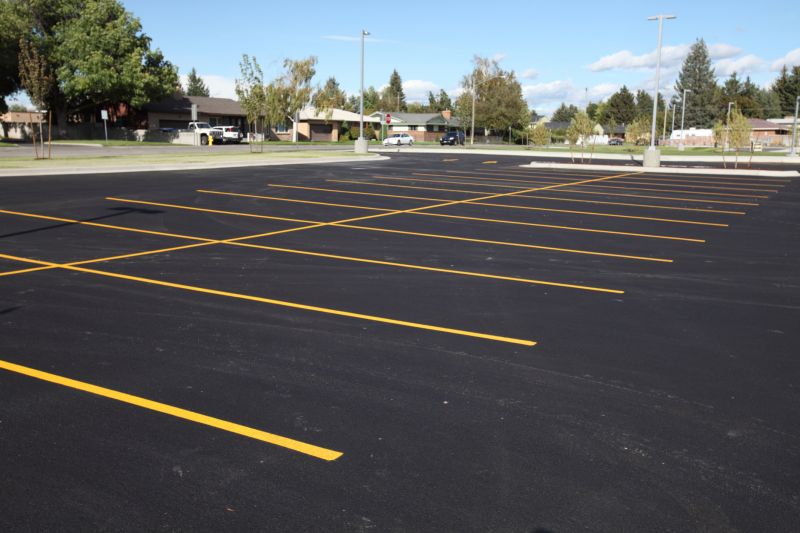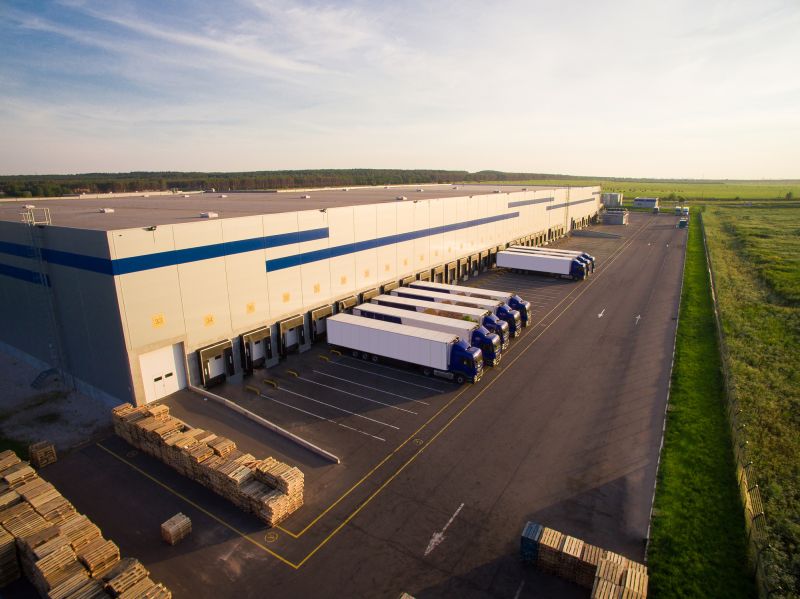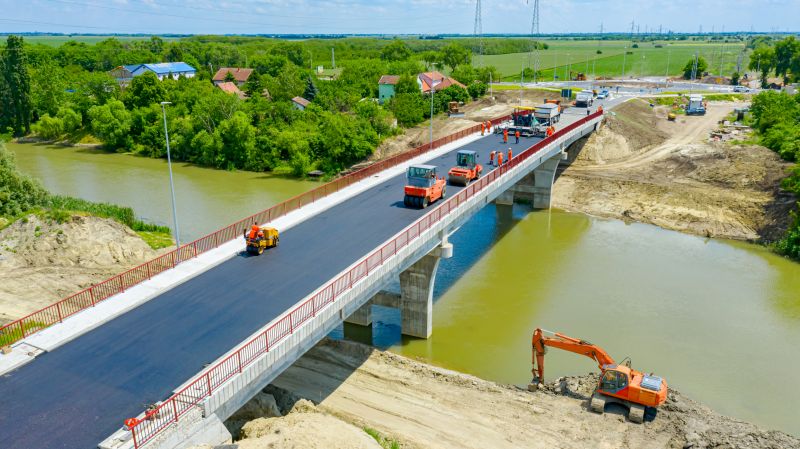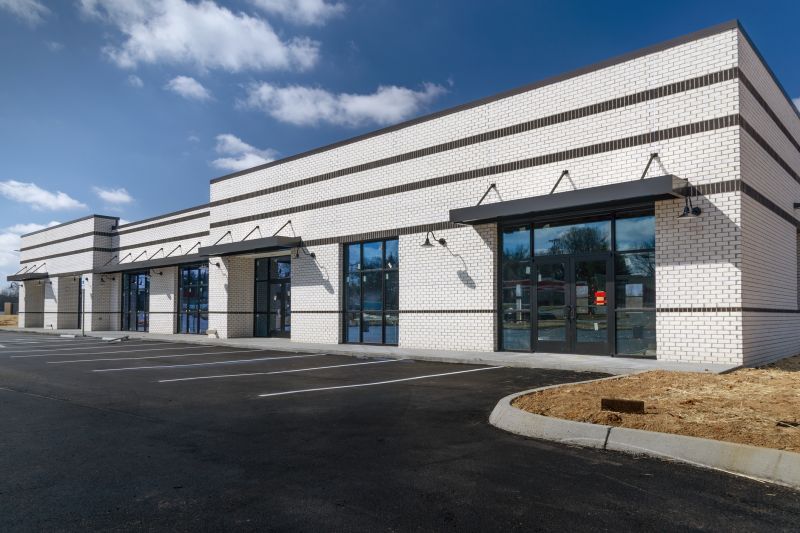Commercial Driveway Paving | How To
How to Do Commercial Driveway Paving
Step 1: Prepare the Area
Before starting the commercial driveway paving process, ensure that the area is properly prepared. Remove any existing pavement, debris, or vegetation. Grade the area to ensure proper drainage.
Step 2: Plan and Measure
Determine the dimensions and layout of the driveway. Measure the area accurately and mark the boundaries using stakes and string lines. This will help guide you during the paving process.
Step 3: Excavation
Excavate the marked area to the required depth, taking into consideration the thickness of the base and asphalt layers. Use a backhoe or excavator to remove the soil, rocks, and other materials.
Step 4: Base Preparation
Create a solid base by compacting the soil using a compactor or roller. Add a layer of crushed stone or gravel to provide stability and improve drainage. Compact the base material thoroughly.
Step 5: Edge Restraints
Install edge restraints, such as concrete curbs or paver edging, to prevent the asphalt from spreading and maintain the shape of the driveway. Secure the edge restraints properly.
Step 6: Apply Asphalt
Apply a layer of hot mix asphalt (HMA) to the prepared base. Use an asphalt paver or a mechanical spreader to ensure an even thickness. Compact the asphalt using a roller to achieve proper density.
Step 7: Finishing Touches
Once the asphalt has been compacted, use a broom or blower to remove any loose debris. Apply a sealant or asphalt emulsion to protect the surface from water damage and extend its lifespan.
Step 8: Curing and Maintenance
Allow the newly paved commercial driveway to cure for at least 24 to 48 hours before allowing any traffic. Regularly inspect and maintain the driveway by filling any cracks, sealing the surface, and addressing any repairs promptly.
Conclusion
By following these steps, you can successfully pave a commercial driveway. Remember to prioritize proper preparation, use quality materials, and perform regular maintenance to ensure the longevity and durability of the pavement.


